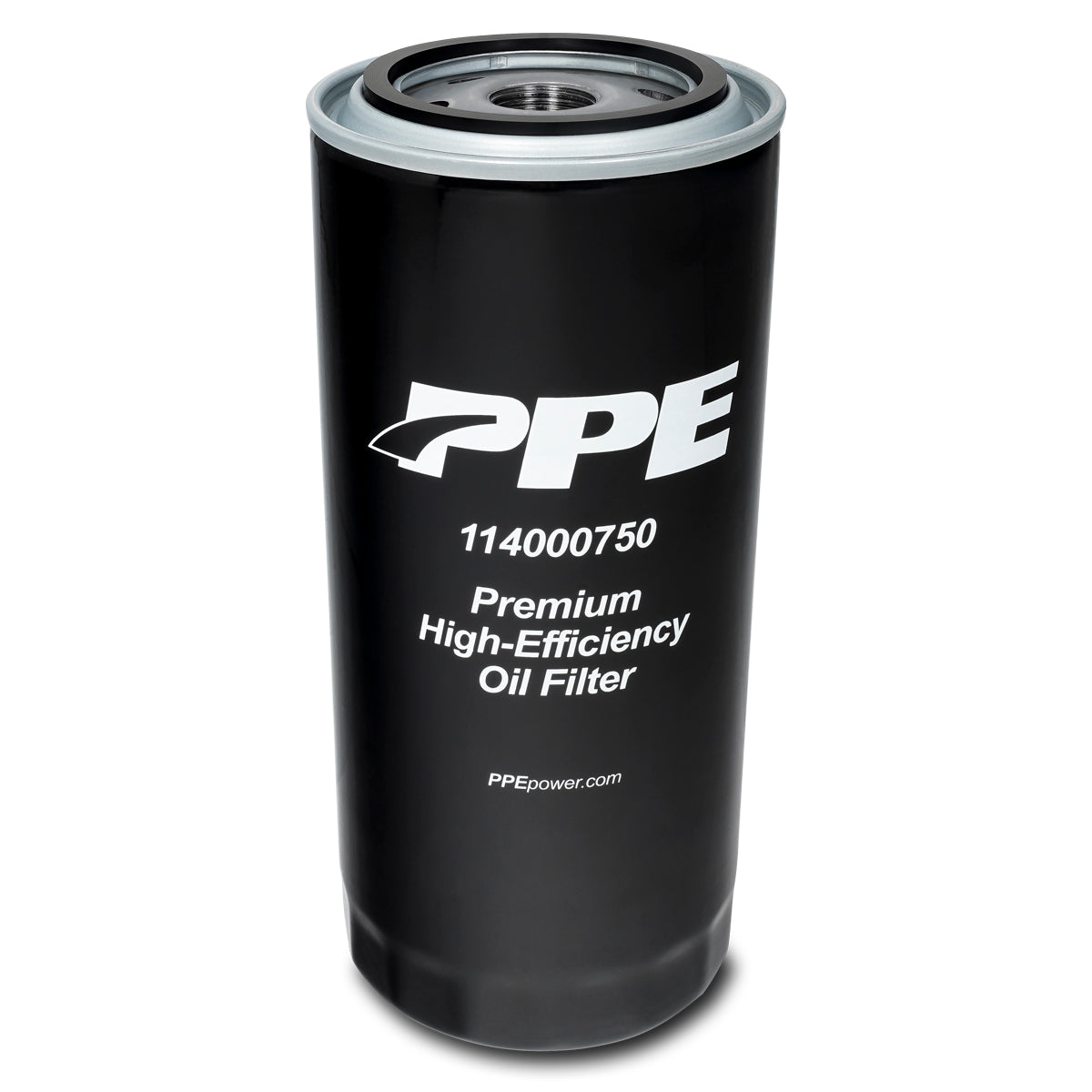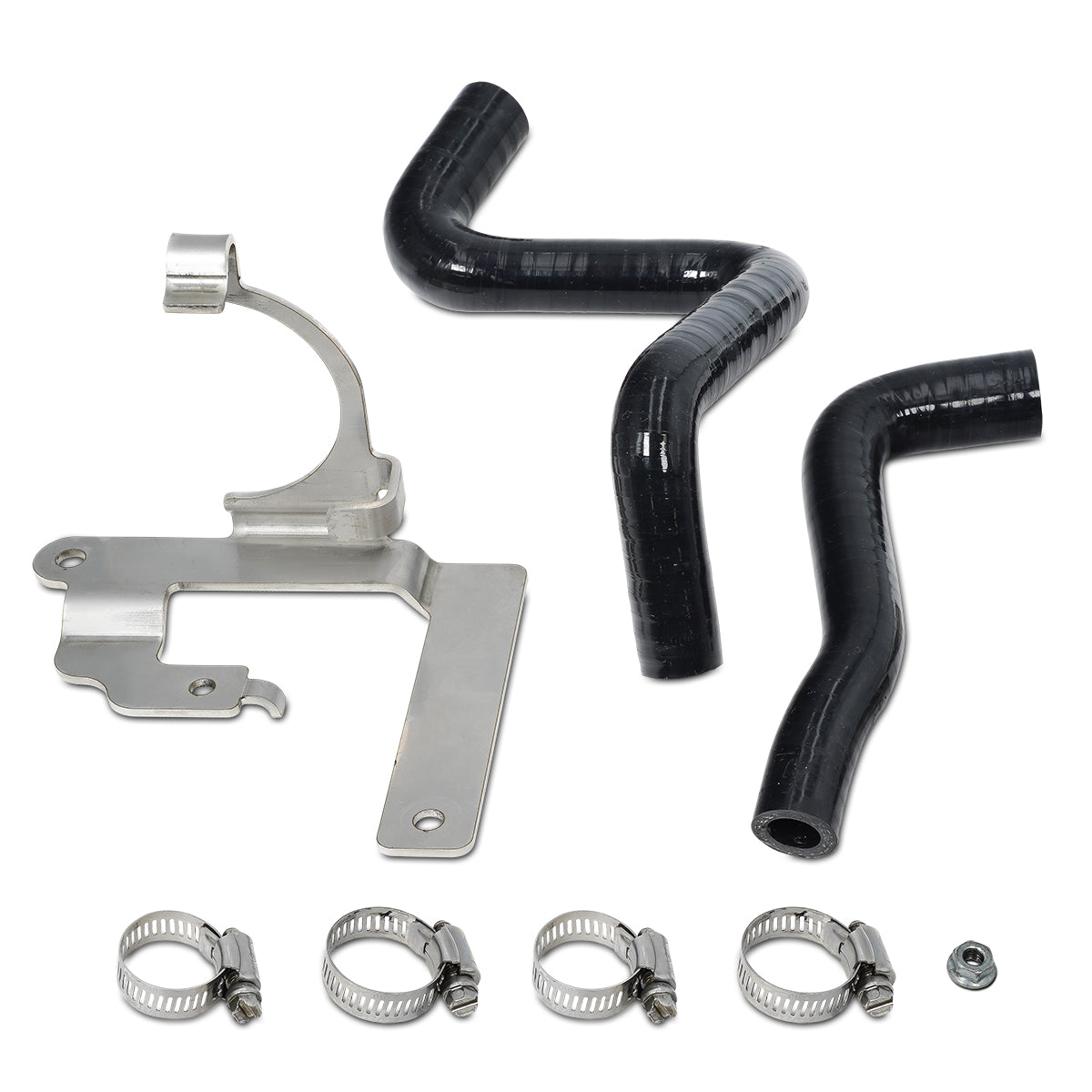This is a 2021 Chevy 3500 DRW L5P Duramax that pulls a 20,000 pound 5th wheel for a combined GVW of 29,500 pounds. I'm still pulling in eighth gear and oil consumption continues to be zero. EGTs when pulling average about 900°F vs. 1200°F when pulling in 10th. I'm very happy with how the HPL performed with 4.6ppm FE/1000 miles. Silicon only increased by 3ppm in 9,750 miles, which tells me the air filter is performing well. TBN retention is very good with a TBN of 13.76 after 10,000 miles and five months use. The viscosity is virtually the same as brand new oil, this oil doesn't shear.
Previous sample here:
[TD]
[TD]
[TD]
[TD]
[TD]
Previous sample here:
2021 Chevy Duramax L5P - 19,000 miles/440 hours on oil - 21,500 total miles/495 total hours - HPL 5w-40
This is a 2021 Chevy 3500 DRW L5P Duramax that pulls a 20,000 pound 5th wheel for a combined GVW of 29,500 pounds. This engine has been consuming engine oil when pulling and I'm happy to report that pulling in 8th gear and increasing to 1850 RPMs has reduced the oil consumption to zero. All...
bobistheoilguy.com
| Sample Information | |||||||
| Sample Date | 6/23/2021 | 07/17/2021 | 8/24/2021 | 4/4/2022 | 7/1/2022 | 8/10/2022 | 1/18/2023 |
| Machine Age miles | 2,500 | 2,700 | 8,900 | 16,000 | 21,500 | 21,550 | 31,300 |
| Oil Age miles | 2,500 | 200 | 6,400 | 13,500 | 19,000 | 50 | 9,750 |
| Machine Time hours | 55 | 62 | 214 | 350 | 495 | 496 | 734 |
| Oil Time hours | 55 | 7 | 152 | 295 | 440 | 1 | 239 |
| Filter Age miles | 2,500 | 200 | 6,400 | 7,100 | 4,000 | 50 | 5,000 |
| Oil Changed | Yes | No | No | No | Yes | No | No |
| Filter Changed | Yes | No | Yes | Yes | Yes | No | Yes |
| Make-up oil | 0 | 0 | 0 | 1.5 qts | 2.5 | 0 | 0 |
| Brand | Factory | HPL | HPL | HPL | HPL | HPL | HPL |
| Viscosity | 15w-40 | 5w-40 CK-4 | 5w-40 CK-4 | 5w-40 CK-4 | 5w-40 CK-4 | 5w-40 CK-4 | 5w-40 CK-4 |
| Wear Metals | |||||||
| Iron | 12 | 4 | 36 | 67 | 102 | 16 | 61 |
| Chromium | TD] [TD]TD] [TD]2 | 3 | 4 | TD] [TD]2 | |||
| Nickel | TD] [TD]0 | 0 | TD] [TD]0 | TD] [TD]TD] | |||
| Titanium | TD] [TD]TD] [TD]TD] [TD]TD] [TD]TD] [TD]0 | TD] | |||||
| Silver | 3 | TD] [TD]TD] [TD]TD] [TD]TD] [TD]TD] [TD]TD] | |||||
| Aluminum | TD] [TD]0 | 15 | 13 | 14 | 3 | 8 | |
| Lead | 6 | 1 | 2 | 4 | 3 | 1 | 2 |
| Copper | 109 | 28 | 85 | 188 | 203 | 29 | 185 |
| Tin | 6 | 1 | 0 | 6 | 6 | 2 | 2 |
| Vanandium | TD] [TD]0 | 0 | TD] [TD]TD] [TD]TD] [TD]TD] | ||||
| Additives | |||||||
| Boron | 120 | 15 | 12 | 21 | 6 | 3 | 14 |
| Barium | TD] [TD]0 | 0 | 0 | 0 | 0 | 4 | |
| Molybdenum | 2 | 514 | 450 | 504 | 537 | 541 | 469 |
| Manganese | TD] [TD]TD] [TD]TD] [TD]1 | 2 | TD] [TD]2 | ||||
| Magnesium | 672 | 995 | 968 | 1008 | 924 | 913 | 831 |
| Calcium | 1260 | 2439 | 2414 | 2557 | 2459 | 2375 | 2111 |
| Phosphorus | 1000 | 1099 | 1029 | 1064 | 981 | 973 | 847 |
| Zinc | 1155 | 1179 | 1148 | 1285 | 1233 | 1159 | 1078 |
| Contaminants | |||||||
| Silicon | 87 | 33 | 48 | 46 | 54 | 18 | 21 |
| Sodium | 7 | 5 | 3 | 3 | 5 | 2 | 5 |
| Potassium | 11 | 2 | 43 | 55 | 59 | 6 | 16 |
| Fuel % | TD] [TD]TD] [TD]TD] [TD]TD] [TD]TD] [TD]TD] [TD]TD] | ||||||
| Glycol | NEG | NEG | NEG | NEG | NEG | NEG | NEG |
| Soot% | 0.1 | 0.1 | 0.4 | 0.6 | 0.8 | 0.2 | 0.6 |
| Fluid Condition | |||||||
| TBN | 8.55 | 14.9 | 13.3 | 13.7 | 10.8 | 13.9 | 13.76 |
| Viscosity | 13.9 | 14.5 | 13.8 | 14.97 | 14.5 | 14.4 | 14.5 |
[TD]
[TD]
[TD]
[TD]
Last edited:



